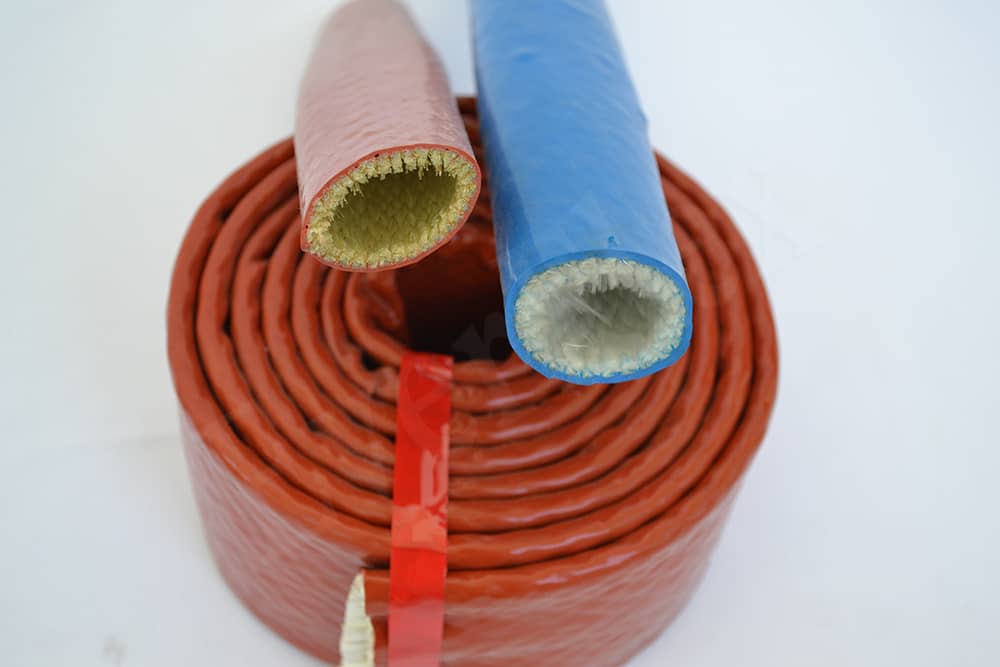
There are several reasons for using high temp fire sleeve on aircraft. Of course, the most obvious one is for further protection. But many aircraft never use fire casing at all. For example, it is unusual to use it on ultralight aircraft with two-stroke engines. Most people don’t even use fuel lines that can handle any heat at all. Nor do they need to. Because the risk of fire is small. For cost and weight, designers may choose to use simple PU fuel lines or automotive style fuel lines. Two-stroke engines will often quit after a failure, long before failure is possible. Bu in this case, it’s probably a good thing that the engine quits.
![]()
Four-stroke engines, on the other hand, are known to suffer catastrophic failures. For example, cylinder head fractures. However, the engines may continue to run long enough. Because it has to get the aircraft home or at least to a safe landing zone. But this will cause a more serious fire. Exposure of combustion gases to fresh fuel entering through the intake system is almost inevitable. While we may have the option to shut down the fuel. But this may not be the best time or place for a dead stick landing. For example, under IMC conditions, shutting down the engine can be the difference between life and death.
If oil lines are not protected, they can burn. Then it will allow the oil to fuel the fire and cause more damage. Here we don’t have the option of shutting down the oil system as we do on large aircraft.
Everflex is an expert in hose protection sleeve. Besides fire sleeve, we can offer you spiral guard and nylon sleeve. If you need a sleeve to protect your hydraulic hose or wires, Everflex is your best choice.




